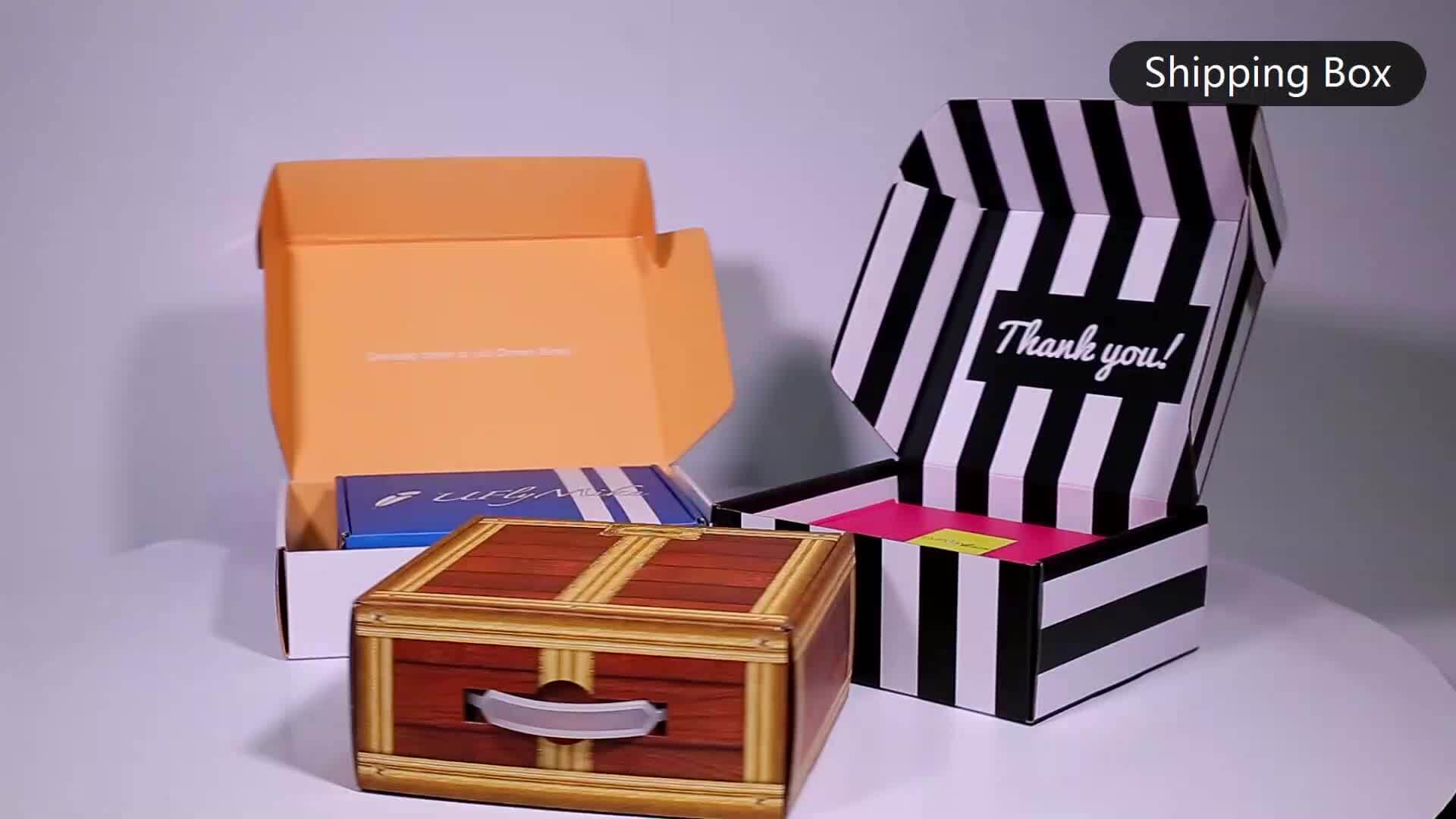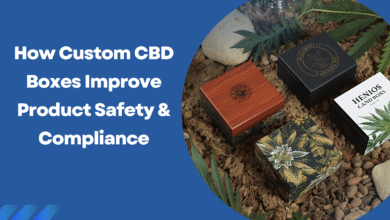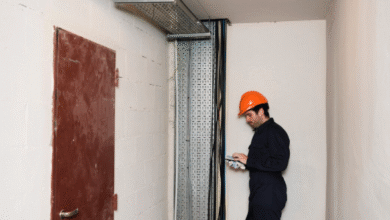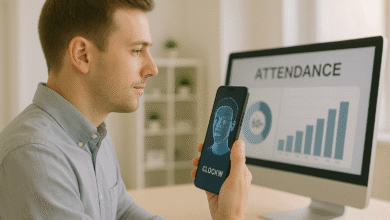How Food Box Packaging Is Redefining Freshness, Branding & Sustainability 2025

In a world driven by convenience and visual appeal, food box packaging has evolved into far more than a simple container. Whether it’s your go-to takeaway joint, a premium bakery, or a health-conscious meal delivery service, the box that carries your food speaks volumes about the brand, quality, and care inside.
From grease-resistant burger boxes to elegantly printed bakery packaging, modern food boxes are not just protecting the product—they are driving marketing, reducing waste, and elevating customer experience. In this article, we’ll break down how food box packaging plays a vital role in today’s competitive food industry and why brands can no longer afford to overlook it.
The Core Purpose: Protection & Freshness
At its most basic level, a food box is meant to preserve freshness, maintain hygiene, and prevent spills. But modern materials go even further. Many packaging suppliers now offer:
-
Insulated food boxes for hot or cold items
-
Moisture-locking kraft paper boxes to keep food crisp
-
Vented containers for steam-release in fried foods
For example, packaging for sushi, salads, or wraps often includes clear lids or compartments to prevent sogginess while enhancing visual appeal. These technical improvements enhance customer satisfaction, especially in delivery-heavy environments like food apps and cloud kitchens.
Visual Branding Through Packaging
Gone are the days of plain white food cartons. Today, custom-printed food boxes have become a silent brand ambassador. From vibrant logos to eco-statements, packaging carries a brand message in every delivery.
Key branding elements used:
-
Logo placement & tagline visibility
-
Color scheme reflecting brand personality
-
Social media handles or QR codes for instant reviews
For new or small food businesses, smart packaging design is often more memorable than an online ad. A beautifully branded pizza box or cupcake tray is likely to be shared on social media, organically amplifying your reach.
Sustainability: The Future of Packaging
Consumers today are becoming increasingly eco-conscious. Food brands that use biodegradable, compostable, or recyclable food packaging not only reduce environmental impact but also build strong emotional connections with their audience.
Sustainable packaging materials in trend:
-
Kraft paper food boxes
-
Bagasse (sugarcane pulp) containers
-
PLA-lined (bioplastic) cups & bowls
-
Recycled cardboard sleeves
Incorporating a “green” badge on your food box packaging not only builds trust but can also become a unique selling point (USP). Platforms like UberEats and Deliveroo are now tagging “eco-packaging” in filters—making it a marketing asset.
Perfect for Delivery, Takeaway, and Retail
In 2025, most businesses are hybrid—operating both physical locations and delivery models. Durability, stackability, and leak-resistance are essential for delivery packaging. On the other hand, transparency and presentation matter more in retail and takeaway.
Custom food boxes are widely used in:
-
Meal prep services (compartmentalized boxes)
-
Bakery packaging (window boxes or cupcake holders)
-
Fast food (grease-proof burger sleeves, fry holders)
-
Healthy meals (kraft paper salad bowls or trays)
Whether you’re shipping soup or macarons, there’s a box designed for your brand’s specific needs.
Customization Options in Food Box Packaging
The best part about modern food packaging? It’s fully customizable.
You can now choose:
-
Box size & shape (circular, rectangular, compartmentalized)
-
Printing finish (matte, gloss, foil-stamped)
-
Add-ons (handles, die-cuts, clear windows)
-
Lamination (grease-proof, water-resistant)
These options allow brands to create a memorable unboxing experience that not only satisfies but delights the end customer.
Psychological Impact of Good Packaging
Multiple studies show that humans eat with their eyes first. High-quality packaging triggers positive assumptions about the food’s taste, freshness, and even nutritional value.
Packaging also influences:
-
Perceived value of the meal
-
Customer loyalty and repeat orders
-
Online reviews & social sharing behavior
By investing in better food box design, restaurants can increase brand trust, retention, and revenue without changing the menu.
Where to Source Custom Food Packaging?
Many packaging companies now specialize in bespoke food packaging services for restaurants, cafes, cloud kitchens, and bakeries. One such reliable source is BoxAgency — a custom packaging solution provider offering:
-
Fast turnaround
-
Eco-friendly materials
-
Low MOQ
-
Full design support
-
Nationwide shipping
If you’re looking for custom food boxes tailored to your brand, BoxAgency offers flexible solutions for every business size.
Conclusion
Food box packaging is more than just a container—it’s a marketing tool, brand storyteller, and sustainability ambassador. Whether you’re a startup food brand or a well-established chain, investing in premium, customized packaging can significantly boost both customer experience and brand recall.
As we move forward into an era of higher competition and eco-conscious buyers, your packaging needs to speak louder than ever—silently but effectively.
In today’s competitive food industry, packaging isn’t an afterthought—it’s a key business asset. By choosing innovative, eco-friendly, and branded food box packaging, you not only protect your product but elevate your customer’s experience. It’s time to think beyond function and use your packaging as a powerful tool to impress, retain, and grow your customer base.





